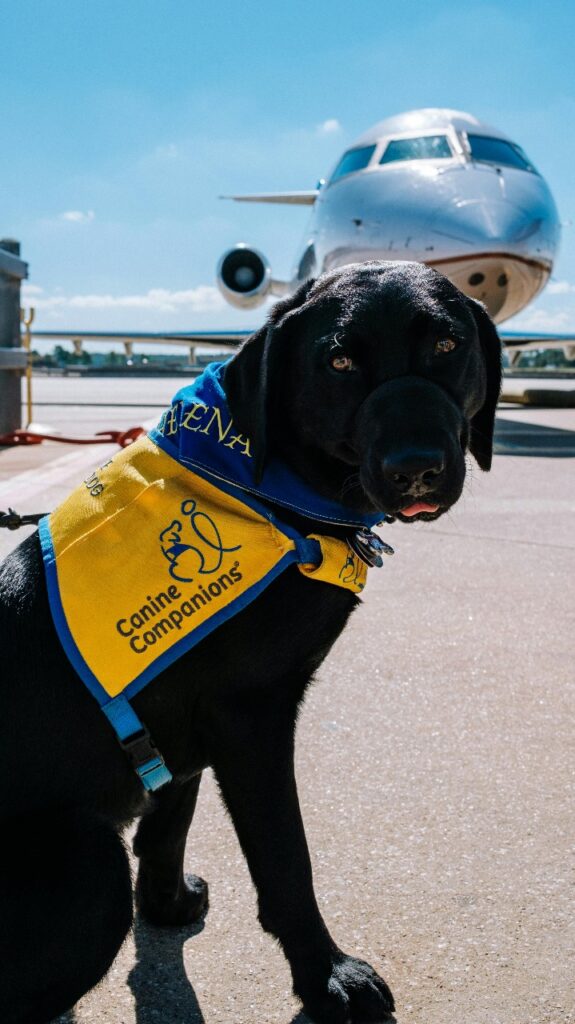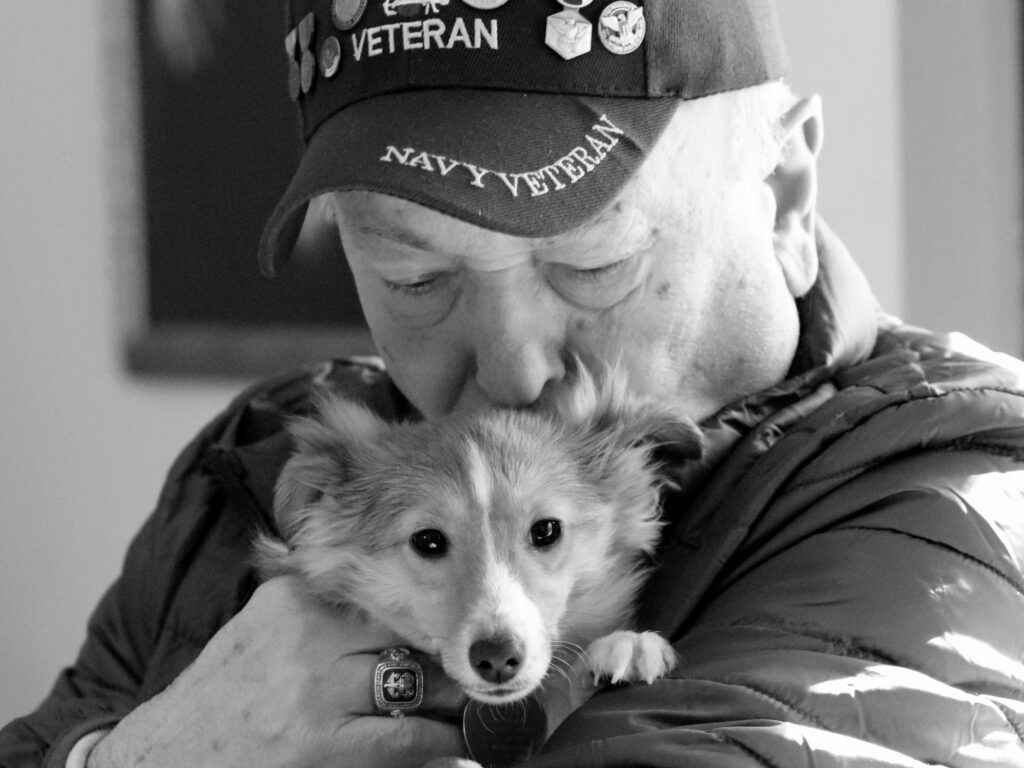
In the world of performance, whether it be on stage, in sports arenas, or on film sets, the mental and emotional well-being of performers matter. This is because stress, anxiety, and performance-related pressure can impact their ability to deliver their best.
As the demand for mental health support grows in the entertainment and sports industries, an unexpected yet effective solution has emerged: therapy dogs.
These four-legged companions are proving to be invaluable in helping performers manage stress, enhance their emotional well-being, and ultimately improve their performances.
A Source of Unconditional Comfort
One of the most immediate and noticeable impacts of therapy dogs on performers is their ability to provide unconditional comfort. The presence of a therapy dog can create a calming environment, offering performers a momentary escape from the pressures of their profession. This is particularly important in high-stress situations, such as before a live performance or during intense rehearsals, where anxiety levels can peak.
Therapy dogs are trained to recognize signs of stress and anxiety. They respond by offering physical comfort—nuzzling, lying close, or even just making eye contact—which can significantly reduce feelings of tension.
This physical connection triggers the release of oxytocin, a hormone associated with bonding and stress reduction, helping to create a sense of calm and security.
Enhancing Focus and Confidence
For performers, focus and confidence are crucial. The ability to maintain concentration and believe in one’s abilities can make the difference between a good performance and an outstanding one. Therapy dogs contribute to this by helping to clear the mental clutter that often accompanies anxiety. By providing a moment of peace and distraction, these dogs enable performers to regain their focus and approach their tasks with renewed clarity.
Moreover, the presence of a therapy dog can boost a performer’s confidence. Knowing that a loyal, non-judgmental companion is by their side can be incredibly reassuring.
This support allows performers to take risks, explore their creative boundaries, and push through moments of self-doubt. In turn, this confidence translates to more authentic and powerful performances.
Building a Sense of Community
The presence of therapy dogs can also enhance the sense of community and camaraderie among performers. In group settings, such as rehearsals or team sports, therapy dogs often become a shared source of joy and relaxation.
Interacting with a therapy dog can break the ice, encourage social interaction, and foster positive relationships among performers. This sense of community is vital in industries where teamwork and collaboration are essential for success.
Promoting Long-Term Mental Health

Beyond the immediate benefits of stress relief and confidence building, therapy dogs also contribute to the long-term mental health of performers. Regular interaction with therapy dogs can help reduce chronic stress and anxiety, which are common in high-pressure careers. By providing consistent emotional support, these animals help performers develop healthier coping mechanisms, ultimately leading to improved overall well-being.
Discover: How Does Playing With Pets Affect Your Mental Health?
Conclusion
The impact of therapy dogs on performers is a testament to the profound bond between humans and animals. These loyal companions offer more than just comfort; they provide a pathway to calm, focus, confidence, and community.
As the entertainment and sports industries continue to recognize the importance of mental health, therapy dogs are likely to become an increasingly common presence, helping performers navigate the challenges of their careers with greater ease and resilience.
Do you own an assistance animal? Register your pet.
The Service Animal Registry of California invites you to have your assistance animal registered in order to designate its status. We also encourage you to take our online classes so you can be fully aware of your rights and gain more knowledge about your support animal.
Finally, we present to you our book entitled, “ASSISTANCE ANIMAL LAWS: LEARN YOUR RIGHTS REGARDING SERVICE ANIMALS, EMOTIONAL SUPPORT ANIMALS, THERAPY PETS, AND OTHER DOGS, CATS, AND ASSISTANCE ANIMALS” to provide you with a complete education on assistance animals.
Purchase your copy of the book by clicking the image below.































